Architect Diego Revollo explains the main points of the decorative style
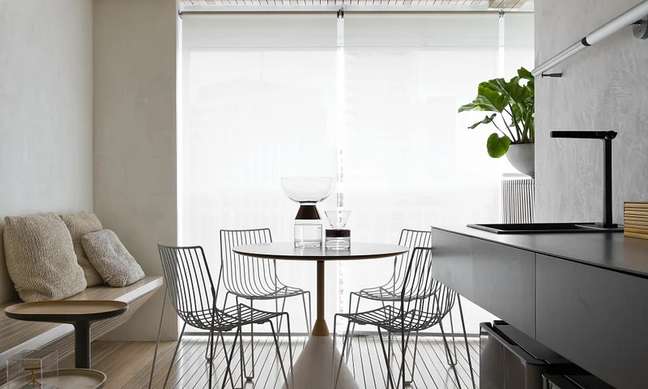
With ever smaller spaces and a world where we walk in the opposite direction to the accumulation of things, the minimalist style or decoration is winning more and more fans around the world.
After years of accumulating books, objects, collections and souvenirs of all kinds acquired around the world, the habit of letting go grows, especially in big cities.
Literally, more and more, people have come to understand that there is no more time or space or even energy to spend on things that no longer have a function. The option for an increasingly simple lifestyle, favoring only the essential, reflects a moment in which the search for lightness becomes a relief; a comfort for a heavy and stressful routine.
In this sense, empty spaces do not necessarily mean less warm homes. The idea is exactly the opposite: think of homes that are more affective, that prioritize socialization and less attached to old habits.
The expression minimalism arose along with artistic movements in various periods of the 20th century. These movements that prioritized the use of fundamental elements in their expressive base initially influenced the visual arts and then design.
THE minimal art emerged in the United States in the 1960s, it ended up growing and reaching people’s lifestyles, also coming to architecture and eventually giving rise to the term or minimalist decoration.
Today those who admire and try to adopt this style of decoration seek visual cleanliness and also in the void, a tranquility or a refuge in contrast to the chaos and excess of information. More than a style, minimalist furniture for some reflects a lifestyle in which quality, in every sense, is above quantity.
For those involved in decoration, the biggest challenge is always with a few elements to leave the environment not only functional, but also pleasant from an aesthetic point of view and also welcoming. The choice of what enters the house and what remains is much more judicious.
Rather than discarding what is not fundamental, excesses, what remains must have function, quality and aesthetics.
1. Natural lighting
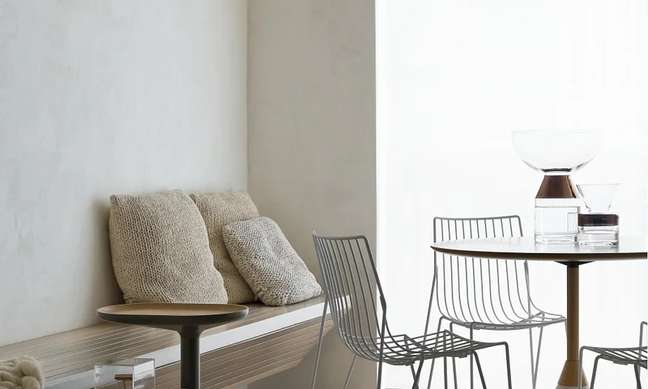
Of all the styles of furniture, minimalism is the one that enhances natural light the most. The light must completely invade the house and take over. For this reason large openings are needed for light and light, neutral colors in the structure will enhance natural lighting.
Curtains and shutters will always be with fine fabrics and with a lot of transparency. Natural light in this type of decoration will always be the main element to bring lightness to the environment.
2. Use of colors
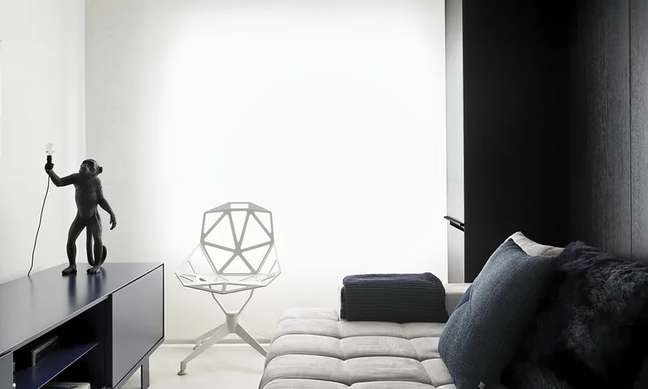
The simplicity of this style begins with the choice of colors. White is the main color and is almost always the basis of a minimalist environment. This isn’t just an aesthetic preference.
The white color always works as an excellent diffuser of natural light; this is also one of the pillars of the minimalist style. Other neutral tones such as white, beige, gray and even black are welcome when composing the color palette.
3. Structure
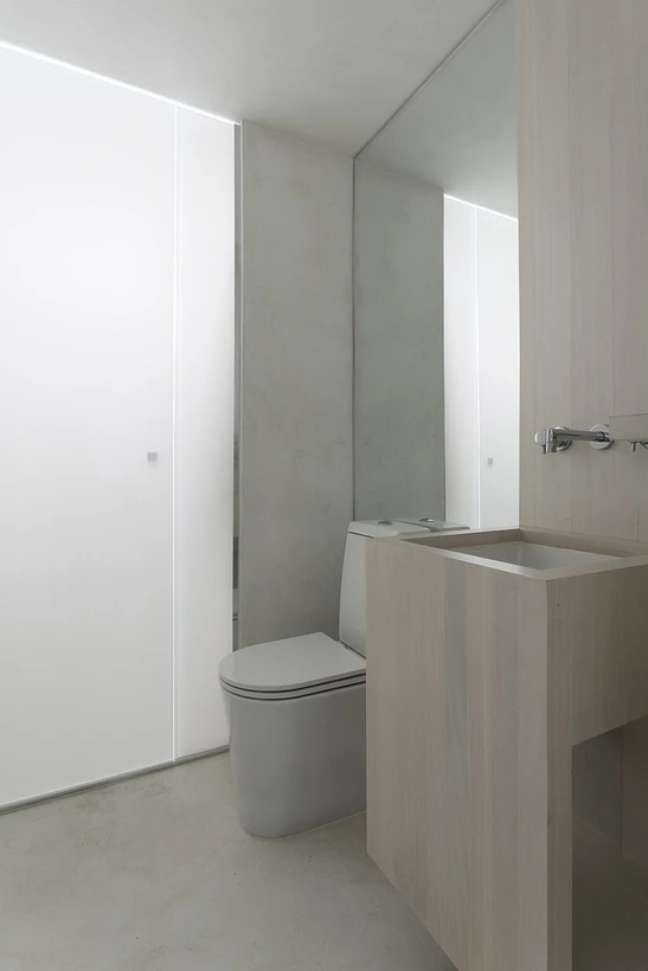
The “clean” structure, without frames, props, decorative objects is perhaps the most striking feature of the minimalist style. Fluid, simple spaces with smooth coatings and surfaces and neutral colors should contain only the bare minimum and functional.
For the result to be welcoming in the colors and materials chosen, the opaque finish must prevail and the presence of natural wood with pleasant textures to the touch will “warm” the environment.
Working with the contrasts between white and other colors and especially black is also a simple artifice that makes the structure very interesting without compromising its style.
4. Decoration
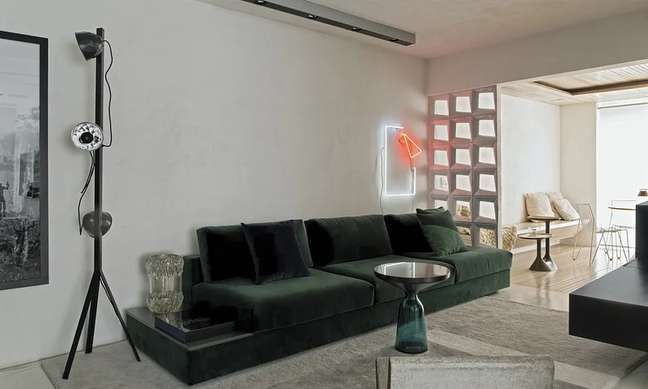
Here the rule of less is more must be followed to the letter. We must start from what is strictly functional and primordial, always respecting the amplitude, the emptiness, the fluidity of the space. More than just clean furniture, it is in the selection of this furniture that a minimal and reassuring decoration is obtained.
The merely decorative must be rethought and punctually insert only a few carefully selected objects, both for aesthetic and emotional value. Even if much of what we earn or buy has an emotional value or a memory, the filter for what remains must be rigid.
And in the latter case, the wardrobes can house what has a value inside, but which in your daily life does not need to be on display or which does not contribute to a “minimum mood”.
5. Organization
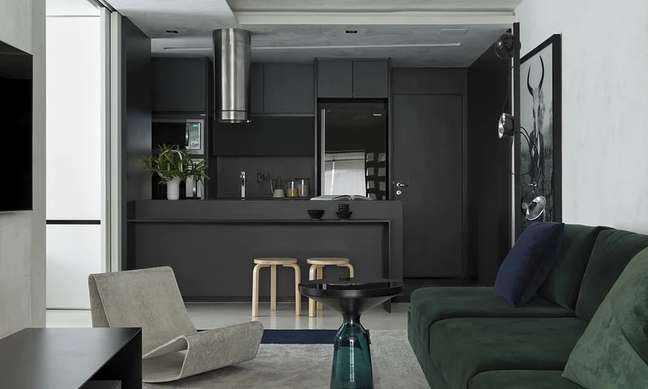
The emergence and proliferation of “organizers” nowadays, more than a whim or a futility, reflects this passage where it is necessary to rethink our organization since the spaces are now smaller and the excesses allowed at other times for many are become a problem. .
For fans of the minimalist style, organization is a priority. This organization starts from the criterion of keeping at home only what has function, quality and beauty. The much desired visual cleansing is achieved only if everything else is in harmony, free from excesses and well organized.
In smaller properties where every square meter is used and there are no landfills, warehouses or dead zones, without organization, chaos quickly settles and the peaceful, relaxing and serene aesthetic is lost.
Source: Terra
Benjamin Smith is a fashion journalist and author at Gossipify, known for his coverage of the latest fashion trends and industry insights. He writes about clothing, shoes, accessories, and runway shows, providing in-depth analysis and unique perspectives. He’s respected for his ability to spot emerging designers and trends, and for providing practical fashion advice to readers.



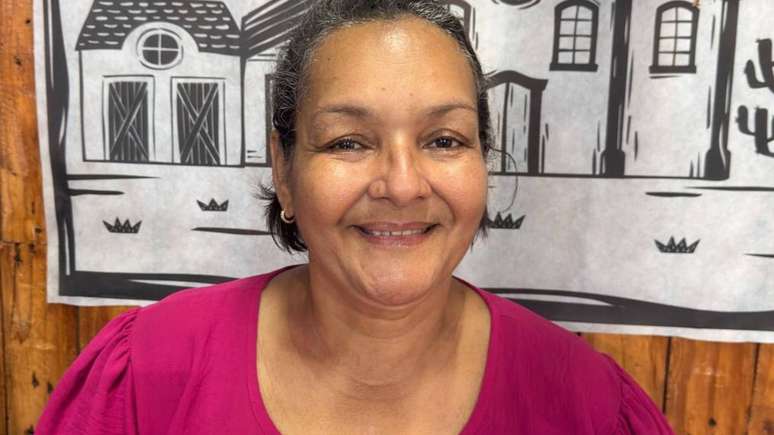

![Un Si Grand Soleil Preview: Episode Summary for Wednesday, October 22, 2025 [SPOILERS] Un Si Grand Soleil Preview: Episode Summary for Wednesday, October 22, 2025 [SPOILERS]](https://fr.web.img2.acsta.net/img/0e/67/0e6770bb5a7db892123914fb7afca318.jpg)

-1hbghh2apxaux.png)
